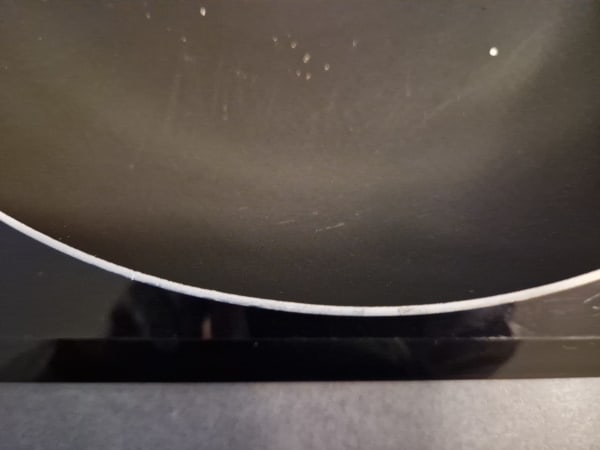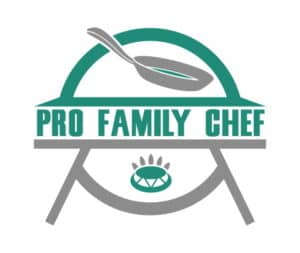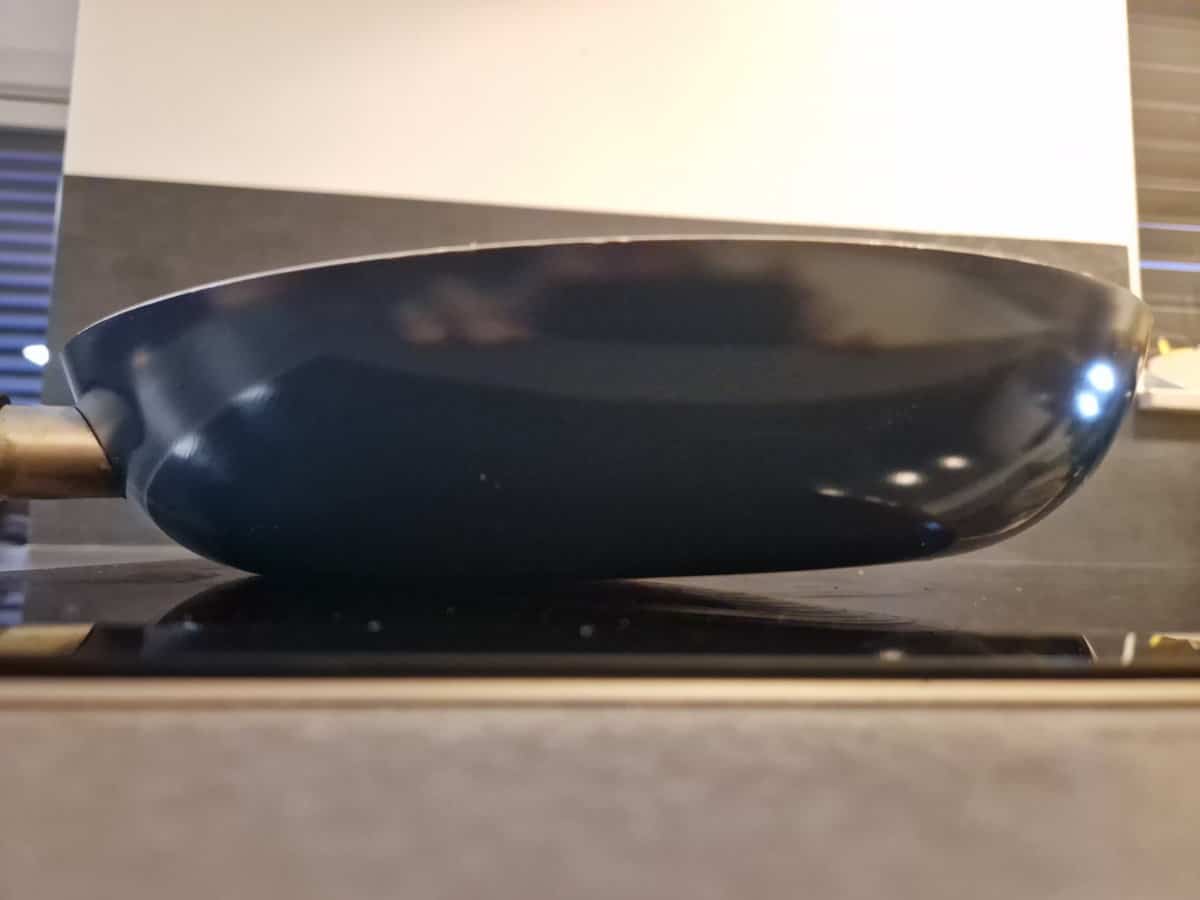We’ve all heard of induction cooktops and their efficiency in cooking your food consistently and evenly. Induction cooking is all the rage these days.
Many people are investing in kitchen upgrades to upgrade to an induction cooktop. This includes buying new cookware that will work on the stovetop. The problem that arises is that there is concern that induction stovetops warp cookware.
Induction cooktops emit a lot of energy in a very short time, creating a lot of heat. This sudden surge of heat may adversely affect cookware and may cause the cookware to warp and bludge as a result. However, this is entirely determined by the quality of the cookware and the thickness of the cookware material.
Why do induction cooktops warp pans?
There are several reasons your pots and pans warp after use on an induction cooktop. Pots or pans that do not make proper contact with the surface will warp because most of the heat is centered against the part of the pot or pan that does make contact. Or, you are using pots or pans that are too thin.
Induction cooktops require cookware made from magnetic base material such as stainless steel, cast iron, or aluminum. In addition, the cookware needs to have a flat bottom. The reason that you need a flat-bottom pot or pan is quite simple. The bottom of the pot or pan is designed to distribute the heat throughout the pot or pan evenly.
Induction cookware may be somewhat pricier than traditional cast iron, stainless steel, or aluminum cookware. You may be tempted to buy regular stainless steel, aluminum, or cast iron cookware to save a penny or two. But, we advise against it. It is essential to ensure that the cookware meets the material and design specifications.
The cookware must have a heavy bottom or a double-lined bottom. If you want your cookware to withstand the heat produced by the induction stovetop, you will need to purchase cookware that can handle everyday use on such an appliance. Remember, induction stove tops create a high degree of heat in a short amount of time.
The heat must distribute evenly throughout the pan. If the bottom of the pan is not flat-bottomed, most of the heat will center against the section of the pot or pan that makes contact with the surface of the stovetop. The heat produced will be transferred to other parts of the pan from this single contact point. The danger is that the abuse on one part of the pan may cause the pan to warp over time and ruin your pan.
More often than not, it is the center of the pot or pan that picks up most of the heat, and in turn, it is this area of the pan that starts to warp first.
Will warped pans work on induction?
The induction will work, and the induction will still produce heat, whether the pot or pan is flat or warped. The problem is that the heat will not be distributed as evenly as if the pot or pan is flat-bottomed and not warped.
Furthermore, using a warped pot or pan may only cause more damage to the cookware over time, increasing the need to replace it.
Let’s explain how this works.
Underneath the ceramic-glass surface of the induction cooktop are copper wires. On top of the ceramic-glass surface are circles that indicate where the flat-bottomed pot or pan should be placed. Electricity is sent through the copper wires when the induction cooktop is switched on. This, in turn, creates an electromagnetic field.
The field will act on any ferrous material, such as stainless steel, cast iron, or aluminum. The flat bottom pan or pot ensures that the ferrous material is heated up evenly and consistently during contact. However, complete contact does not have to be made. This connection can happen from a distance as well.
This means that your warped pot or pan will still heat up. Albeit not quite the same as an entirely flat-bottomed pot or pan. The pot or pan will have to be shaped like a round-bottomed wok for induction not to take place.
How do I prevent my pans from warping on an induction cooktop?
Luckily, there are solutions that you can adopt to help prevent your induction cooktop from ruining your expensive cookware.
- Set the heat low
- Buy a heat diffusion plate
- Avoid thermal shock
- Don’t keep the pot or pan on high heat for too long
- Avoid using thin pots or pans
Set the heat low
Start by setting your induction cooktop on low heat and gradually work up to the desired heat. This will help the pots slowly distribute the heat throughout the pot or pan, reducing the need to absorb such a large amount of heat in a short amount of time. The only drawback is that cooking will take additional time, but the payoff is worth it.
Buy a heat diffusion plate
A heat infusion plate will help to convert the magnetic energy into heat. The best part about using a heat diffusion plate is that you won’t need to invest in new cookware. You can now use any type of cookware on your induction cooktop.
Avoid thermal shock
When you use your cookware on an induction stovetop, you may be tempted to put the pots under water immediately after use. Avoid doing this as it causes thermal shock, which may cause your pots and pans to warp even more. While there is no actual heat to worry about when using an induction cooktop, you still need to allow the pot or pan to “cool down” after use.
Don’t keep the pot or pan on high heat for too long
Try to limit the time you use the pot or pan on induction cooktops whenever possible. This will go a long way in preventing your pots or pans from warping.
Avoid using thin pots or pans

Whenever possible, invest in a good-quality pot and pan set. Avoid using thin and flimsy pots or pans, as these are most susceptible to warping under high heat.

